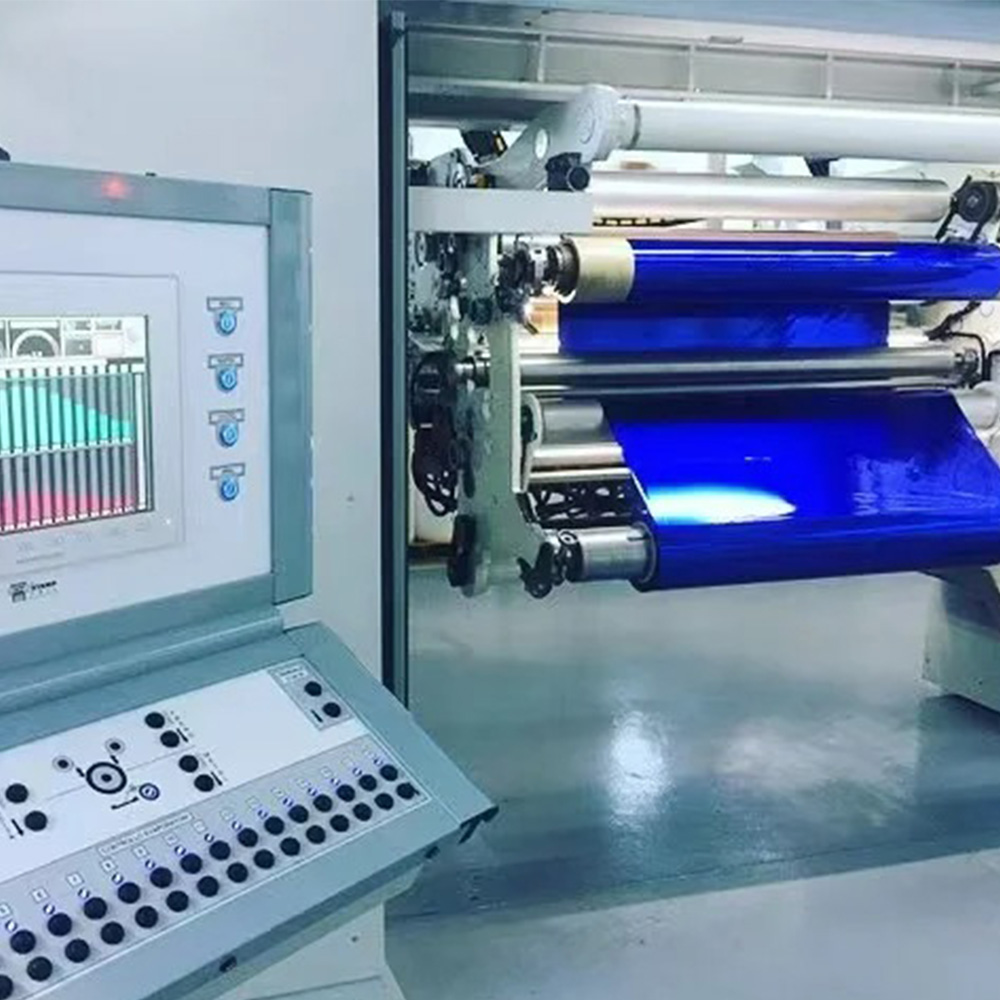Flexographic (flexo) printing excels at high-speed, cost-effective production across a wide range of substrates—especially roll materials and some paperboards. Typical fits:
1) Flexible packaging
Films: BOPP, PET, PE, OPA/nylon, metallized films, co-extrusions
Laminates: snack bags, confectionery, frozen foods, pet litter/food, refill pouches
Shrink/stretch films: shrink sleeves, multipack bundling film
Why flexo: very fast long runs, stable ink transfer; supports water/solvent/UV inks and greener water-based systems.
2) Labels & narrow web
PS labels (paper/film), synthetic papers, TT/Thermal
Wristbands, durable/chemical-resistant labels
Add-ons: inline cold foil, spot UV, lamination, die-cutting.
3) Paper & foodservice
Paper bags, takeaway bags, bakery bags, wraps
Cups/bowls (pre-print on cupstock), sleeves, deli wraps
Tissue/napkin outers
Strengths: solid areas and text graphics with good economy vs. offset for large volumes.
4) Corrugated & cartons
Preprint (liner pre-printed, then laminated to board): e-commerce/display boxes with higher graphics
Postprint (direct on corrugated): shipper boxes, produce trays, beer cases
Some folding cartons: medium screen jobs on SBS/FBB at attractive cost
Why flexo: durable, scuff-resistant graphics at scale.
5) Industrial/functional webs
Foils and paper/foil laminates, pharma outers (non-contact layers), building/household films, lidding films
Courier/bubble mailers, trash/liner bags
Options: specialty inks for heat/chemical resistance; functional coatings inline.
When to prefer flexo
Long and very long runs → high speed (hundreds of m/min) and low unit cost
Substrate versatility → films to papers, coated or uncoated
Environmental/regulatory goals → water-based flexo helps with VOC/food-contact compliance
Inline converting → easy to integrate lamination, coatings, cold foil, coding, die-cutting
Potential limits
Ultra-fine photographic detail / very high line screens: gravure or high-line offset/digital may outperform
Short runs / many SKUs: digital printing is more agile
Wide gamut & many spot colors: requires tight anilox/plate control and changeover planning
Quality/configuration notes
Screen ruling: commonly 100–150 lpi (higher with premium plates/substrates)
Inks: water/solvent/UV; match adhesion, rub, heat/chemical resistance to the job
Plates/anilox: digitally imaged photopolymer plates; select anilox line/volume to suit artwork and ink system
